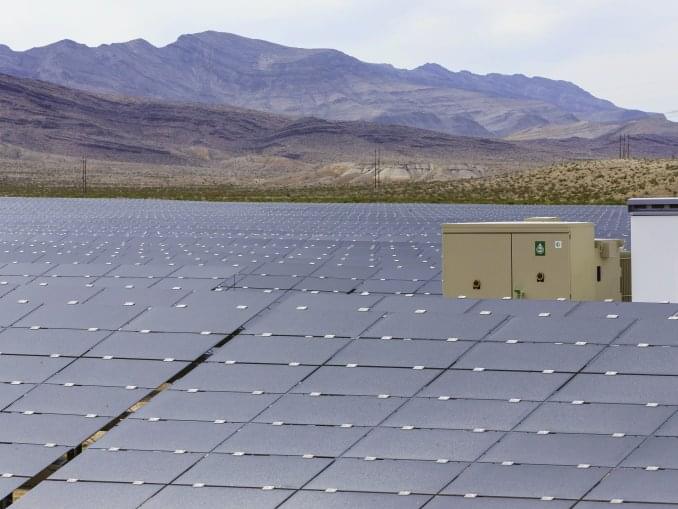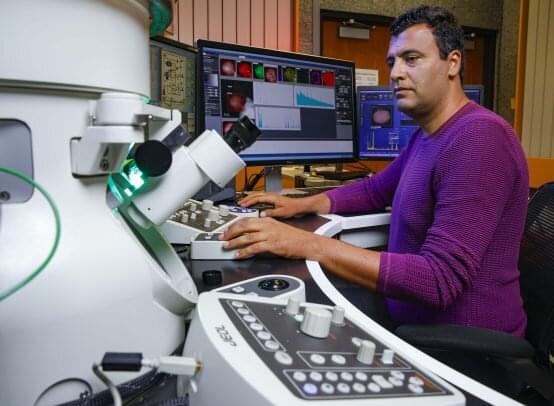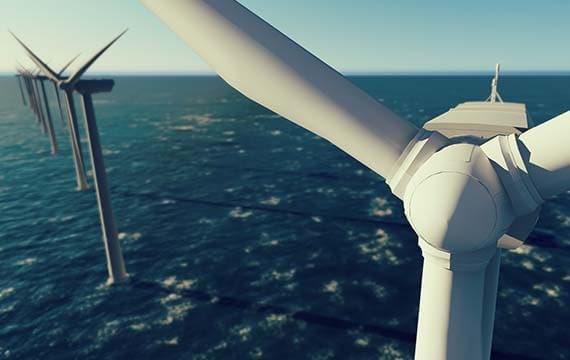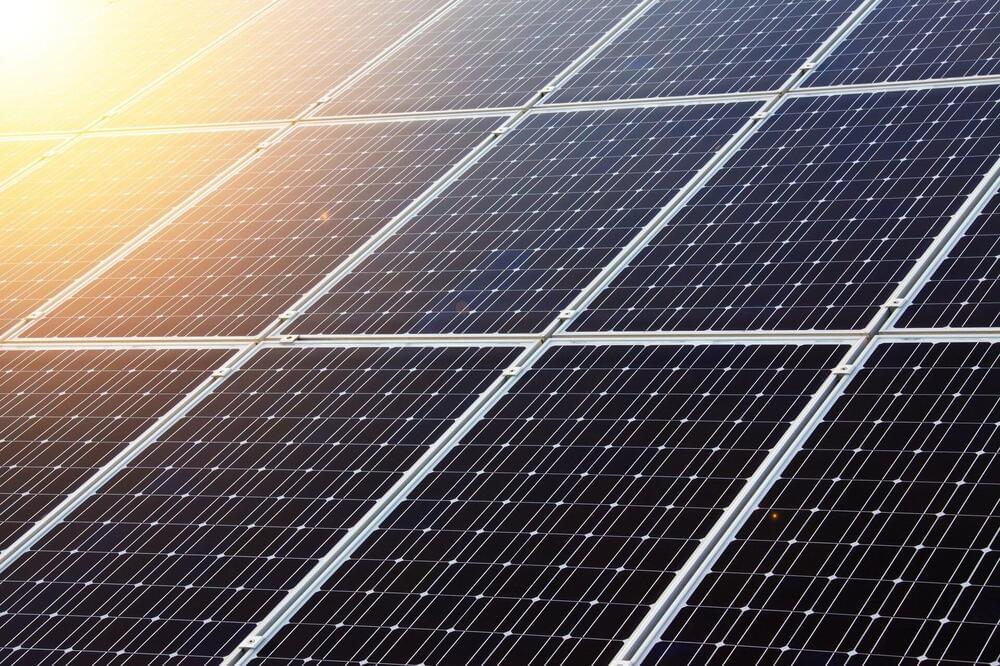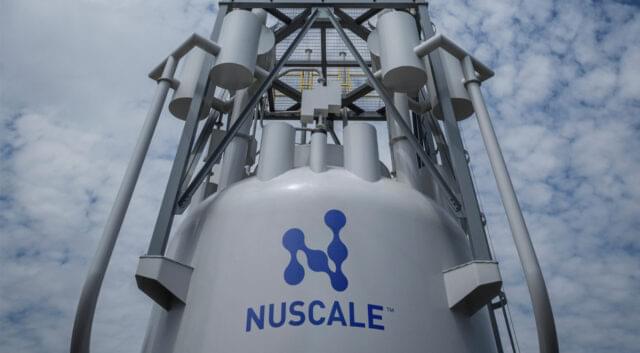Simply put, we need a reliable and secure energy grid. Two ways to ensure continuous electricity regardless of the weather or an unforeseen event are by using distributed energy resources (DER) and microgrids. DER produce and supply electricity on a small scale and are spread out over a wide area. Rooftop solar panels, backup batteries, and emergency diesel generators are examples of DER. While traditional generators are connected to the high-voltage transmission grid, DER are connected to the lower-voltage distribution grid, like residences and businesses are.
Microgrids are localized electric grids that can disconnect from the main grid to operate autonomously. Because they can operate while the main grid is down, microgrids can strengthen grid resilience, help mitigate grid disturbances, and function as a grid resource for faster system response and recovery.
